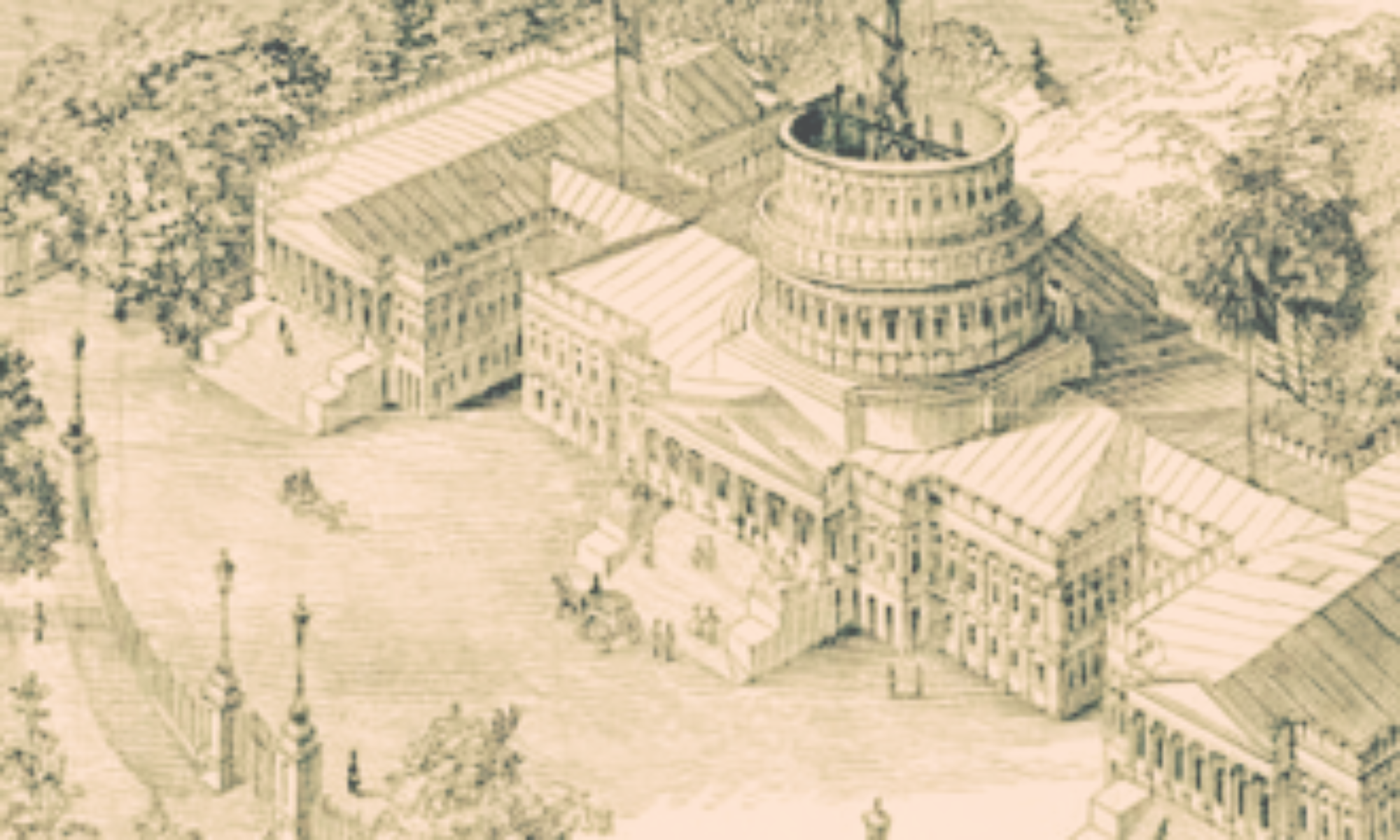
Gas prices are up again, and Americans are hopping mad.
The national average for a gallon of regular unleaded was $3.83 last week; more than double the $1.84 a gallon that prevailed when President Obama took office. Moreover, after tapering off some last year, gas prices have risen 54 cents since January 2nd or 16%.
And in this latest energy crisis, seething Americans blame President Obama.
In a Washington Post/ABC News poll released on Monday, a striking 65% of Americans disapprove of the President’s handling of gas prices.
That, in turn, has had an impact on POTUS’ overall job approval numbers. In the space of only a month, Obama has gone from 50-46% approval to 46-50% approval; a not-to-be-taken-lightly eight point swing in 30 days.
And as much of a challenge as this poses for the Administration, the knock-on impacts have yet to be felt.
The more Americans spend on gas, the less they are spending on everything else. In an economy where consumer spending is 70% of activity, gas prices are problematic.
In addition, since fuel prices impact the supply chain at multiple points in moving product to markets, the money Americans have left over after gas is being used to buy staples that are now growing more expensive, adding to consumer outrage.
More broadly, at some point in this cycle, rising energy costs will hit a point that impacts economic growth, with a perilous impact on employment and the nation’s economic well being.
All of this is effectively blood in the water for the President’s political opponents, and the Republicans running for president.
Newt Gingrich has effectively shaped his campaign around an initiative to move gas prices to $2.50 a gallon. Romney and Santorum have pummeled the President as well for failed leadership.
But Republicans need to be careful here – to manage the rhetoric of expectations on gas prices. It was only 2008 when there was a Republican in the White House with $4.25 a gallon gas.
The truth is that there is little that President Obama – indeed any President – can do to influence gas prices in the short term. The fact of the matter is that US gas prices are directly tied to, and a subset of, global crude oil prices.
According to the Washington Post, the international oil market has tightened because of a series of crises that have combined to shave oil production while demand has increased; none of which have to do with production in the US.
For instance, Japan has taken all of its 54 nuclear reactors off-line after last year’s tsunami, and as a result, is importing 320,000 additional barrels of oil per day.
In Sudan, a political disagreement over pipeline revenue has shut down about 240,000 barrels of production. Libya’s output – post-revolution – is still 300,000 barrels below its capacity, while British/Norwegian output in the North Sea is running more than 150,000 barrels lower than normal. Strife in Syria and Yemen has shut down an additional 100,000 barrels of product, daily.
At the same time, emerging economies are using more oil. The US International Energy Administration (EIA) expects demand in China to increase by 400,000 barrels a day.
In addition to supply and demand, there is also the role that international tensions play in oil prices.
As Steven Mufson of the Washington Post points out, the EIA expects that global demand for crude will hit 89.9 million barrels a day this year, shrinking the spare oil capacity – the world cushion if you will – to an amount less than the production of Iran.
With tension over the Iranian nuclear program at an all time high – and with the concurrent risk of conflict that could interfere with global oil flows – there is effectively an additional “political futures” tax on oil that runs through the supply chain to the American consumer.
But while the US president can do little if anything to shape spot prices in the market, this is not to say that the President does not have responsibility for an effective energy policy that can better manage these spikes. This is where the Obama administration has failed, and this, larger issue – energy policy – is where the Republicans should focus their critique.
In 2008, candidate Obama promised a new era of green energy security that would reduce reliance on fossil fuels, “heal the environment” and create millions of good paying American jobs, while reducing reliance on imported energy.
What have we gotten?
The $80 billion allotted to the Department of Energy in the 2009 Stimulus for the Administration’s clean energy program has fundementally failed to create a gateway for an alternative energy future, with Solyndra taking the stage as the marque failure.
Solyndra, the solar panel manufacturer, received $500 million in loans, yet could not build a product that could compete with cheap imports from China. Unfortunately, Solyndra is only one of the failed companies in the portfolio that could not manufacture new technology at market rates, and are now bankrupt with US taxpayers holding the bag.
Then there is the Administration’s obsession with electric cars. The result has been the Chevy Volt; a vehicle in search of a market.
At $40k a pop, it is well outside most American budgets, even with the generous $7,500 tax credit. Ironically, the average income for a Chevy Volt owner is $170,000 per year, shockingly close to the top 1% that POTUS consistently maligns. Apparently, but for the “One Percenters”, there would be no market for the Volt at all.
In blindly forcing the Volt to market, the White House forgot that there needs to be a market before you start production. Only in Soviet Russia could you produce something and order the huddled masses to take it or leave it.
Americans have a different take on life.
By way of a hypothetical, hand an American car buyer $34k, and let them chose between a Volt – which has made headlines for occasionally catching on fire – or another car for the same price – say, a BMW 3 series.
Does it take a rocket scientist to figure out where the consumer will go?
Is it then any wonder that GM had to close its Hamtramck, Michigan plant that manufactures the Volt for the third time, laying off 1,300 workers in the process?
Indeed, the Volt is fast becoming the Trabant of American clean energy autos.
That fits nicely with another example of Administration energy hubris, highlighted by journalist Jonah Goldberg.
Last year, the energy Department awarded a $10 million “L Prize” for development of an affordable and eco-friendly light bulb. Phillips just went to market with the winning model – at $50 a piece.
The writers for Jon Stewart couldn’t make this stuff up.
What is worse is that when it comes to traditional forms of energy that actually power the US economy, the Obama administration has been woefully irresponsible.
Let’s remember first that the Administration’s signature energy initiative in 2009 was its support for Cap & Trade legislation – a law that would have resulted in the single largest tax increase on American citizens in history, and made energy scarcity the policy of the US government.
While Cap and Trade was rightly and effectively killed in the Senate, the Administration has since empowered the EPA to act with virtual fiat to regulate power generation without any specific Congressional authority to do so.
This interference and additional regulatory burden not only impacts power generation today, but it also informs the risk/reward paradigm for new investment in energy infrastructure for the future in a negative fashion.
The new policing powers undertaken by EPA complement the efforts by the Department of Interior to slow oil and gas exploration permitting to a trickle, while the Administration has used the State Department and a heavy hand on Senate Democrats to keep the Canadian XL pipeline – an energy and jobs winner – from becoming reality.
These restrictive and regressive regulatory efforts are intentionally masked when the President states, as he did yesterday, that, “Under my Administration, America is producing more oil today than at any time in the last eight years.”
True.
But the boom in oil production has taken place almost entirely on private and state lands. It has dropped by 11% (2010-2011) on federal lands.
This increase has thus occured despite the President’s policies.
And if the President were to get his way on eliminating tax breaks for energy exploration, even this suspect victory will be pyrrhic.
This is the critique that the GOP needs to be talking about, now and often.
It is simply irrepsonsible for any Administration to wage a “jihad” against domestic exploration, extraction and production of fossil fuels that are the literal heart of the American economy – particularly as new technology has made drilling and extraction safer, before suitable, reliable, cost-effective alternative technologies are on-line.
But this is what the Administration has effectively done; mortgaging our energy future to algae, electric cars and solar panels that make no economic sense, while stunting the country’s ability to access plentiful, inexpensive energy sources from domestic production, additional fuel that could contribute meaningfully to weaning the US off imported oil.
That’s the test and the challenge for the GOP.
This past December, no one forecast the rapid rise in energy costs in the first three months of 2012. And as quickly as they arrived, those costs could come down by September, radically changing the narrative for President Obama and the calculus for November. Candidates who blame the President directly for the current price rise will be exposed.
The better policy is to focus on the broader issue of energy security and indepedence.
Here, the President as failed – a failure that will only be compounded by the passage of time without change at the top.
